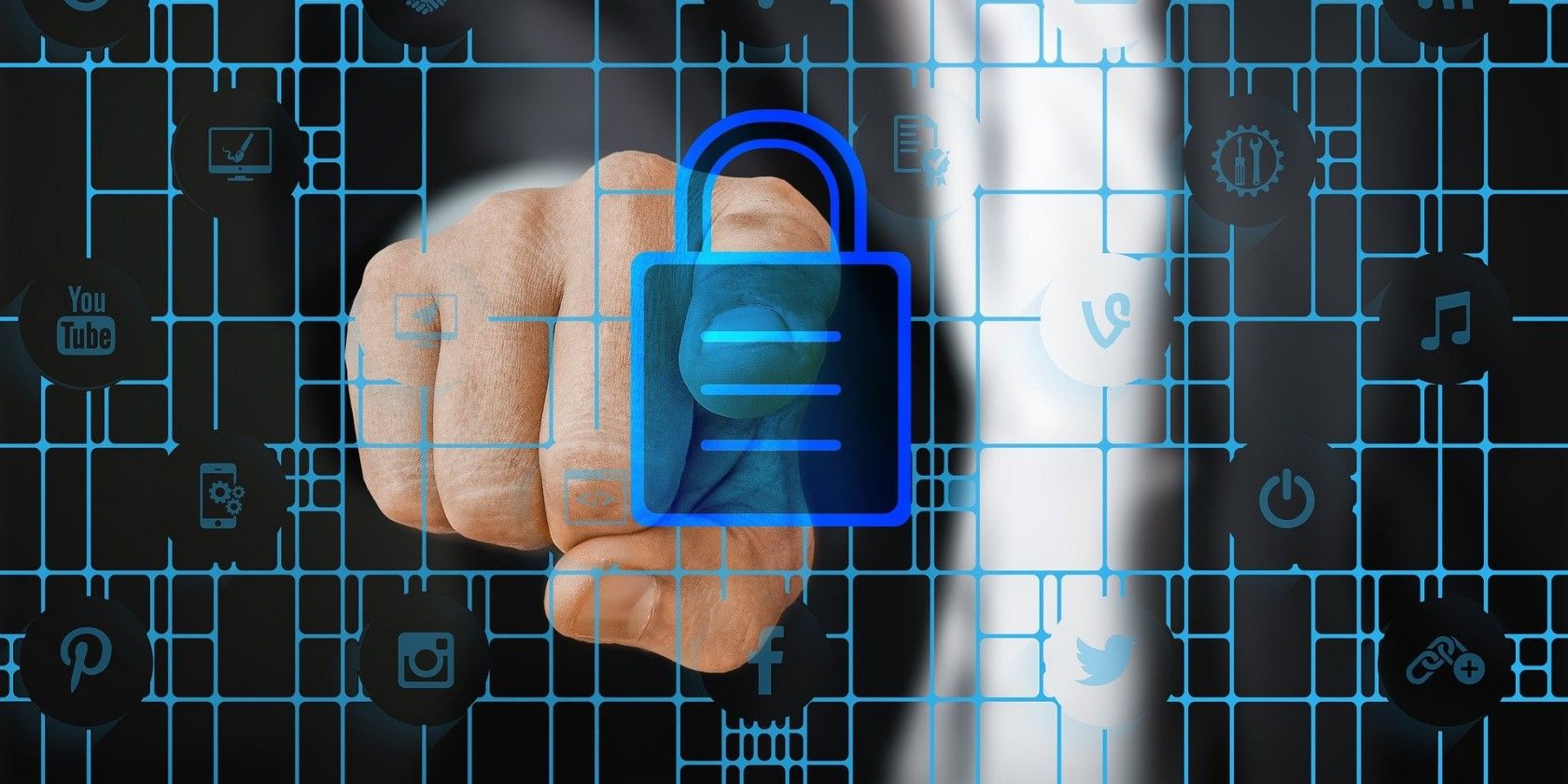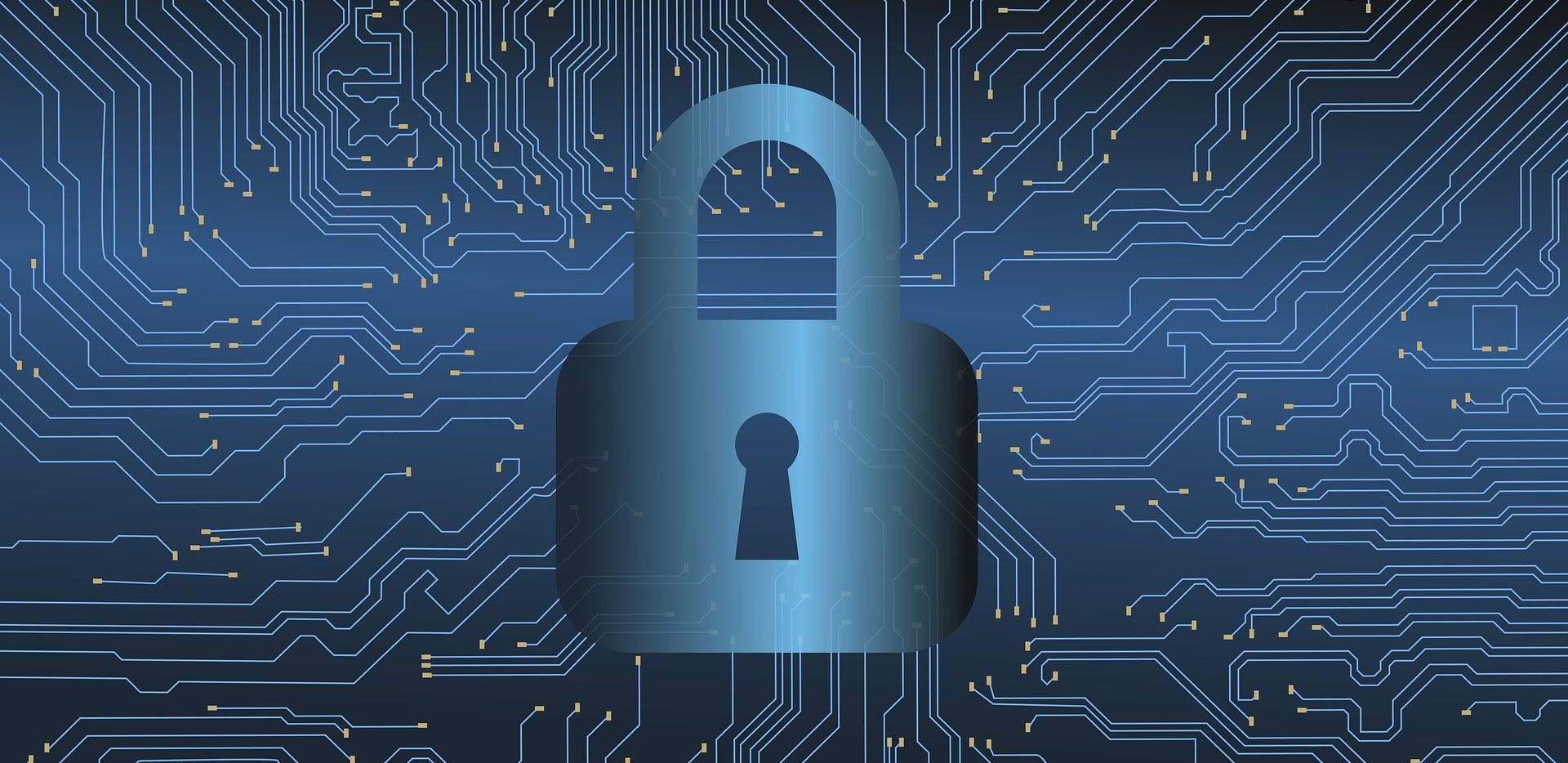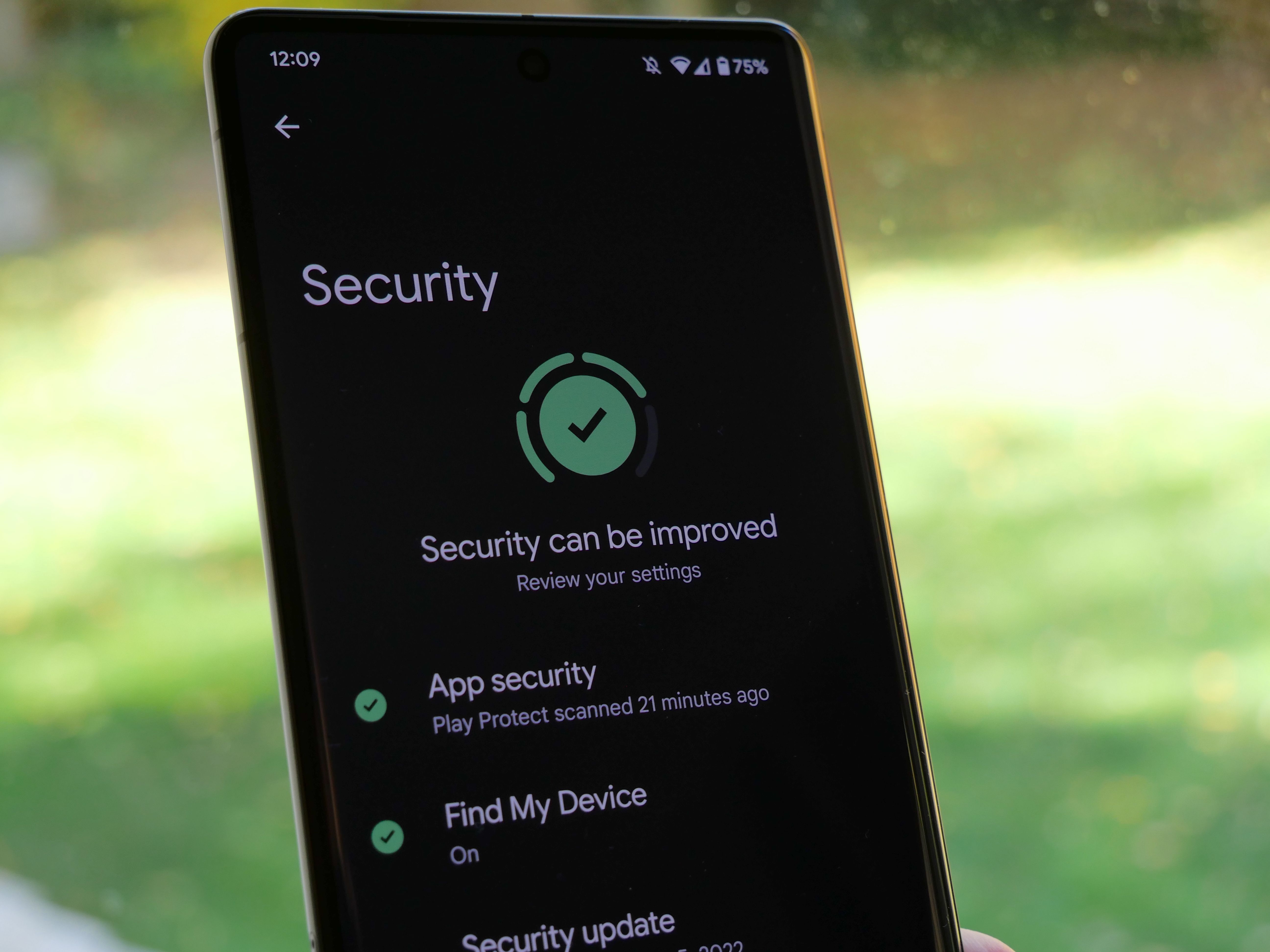In these days of frequent cyberattacks and breaches, it is important that every organization improves its security and takes measures to ensure that its assets are secure. The CIA triad is a model vital to every organization's security posture and infrastructure. So what exactly is the CIA triad? And how does it help you create and maintain a secure system?
What Is the CIA Triad?
The CIA triad stands for Confidentiality, Integrity, and Availability. It is a model used to guide the security of every system or organization.
The CIA triad can be likened to a triangle. It is a set of three connected rules and principles that must be adhered to in order to create a secure system. If one component of the CIA triad isn't met, the system isn't secure.
The CIA triad serves as a foundation for effective security infrastructure and policies; with it in place, it is easier for security professionals to set policies and to analyze weaknesses in one's security.
Confidentiality
Confidentiality deals with the privacy of your organization's data and assets. It means that only authorized personnel and accounts should have access to private data. Any unauthorized account should not be able to read, write, or execute data or commands in a system.
If you have an account with an organization, before you are able to access or modify the data in your account, you have to log into it. The process of inputting your details is the organization's database verifying your identity. This is done to maintain the confidentiality of your assets. If a hacker gains access to your account and its data, your confidentiality has been violated.
Some examples of breached confidentiality include Man-in-the-Middle (MitM) attacks, packet sniffing, SQL injections, and direct cyberattacks on an organization or unintentional data leaks.
Many a time, confidentiality is violated because passwords are not stored securely. Encrypting passwords and using passwordless authentication like password managers and single sign-on providers help to improve the confidentiality of your assets and, in turn, your security. Multi-factor authentication should also be implemented across the business to verify the identity of every user and ensure that they are authorized to access and modify data.
Integrity
In cybersecurity, integrity refers to the trustworthiness, reliability, and authenticity of the assets and data stored in a system. When a person uses your website or app to transfer data, does that data get to them without any form of tampering?
Integrity ensures that every asset you own or is entrusted into your care is accurate, whole, and consistent at all times. Integrity can be compromised by cybercriminals attacking the system, changing important data, logs, and information.
Ways to ensure the integrity of your system include encryption, using message digests, and digital watermarks. These methods enable you to check the data at the beginning and end of the transfer to ensure that no modifications have been made. Other methods include the use of version control, and intrusion detection systems.
Integrity gives way to another important concept in cybersecurity: non-repudiation.
To repudiate means to deny or dispute the validity of a contract or transaction. Non-repudiation ensures that the sender cannot deny that a message was sent to the receiver and vice versa. It provides the sender with proof of delivery and the receiver with proof of the sender's identity. This way, both parties are sure of the integrity of what's being transferred. Non-repudiation also makes use of encryption and digital signatures.
Availability
If the confidentiality and integrity of data are ensured and yet it can not be accessed, it's all futile, isn't it?
Availability in the CIA triad means that all data and assets in an organization and system should be readily accessible to authorized users at all times. To achieve this, all databases, technical infrastructure, and systems—both software and hardware—must be regularly maintained and kept running.
An example of a breach of availability is a Denial of Service (DoS) attack. A DoS attack occurs when a cybercriminal floods a system with a lot of traffic and makes it inaccessible to users. Other examples of availability breaches include buffer overflow attacks, hardware failure, and simple human errors.
To curb availability breaches, you need to have multiple backups of data at all times. It is also necessary to implement the concept of redundancy across hardware and software infrastructures like servers, databases, and application networks. Redundancy is a practice where multiple instances of the same storage infrastructure are kept to ensure availability at all times. In the event of an attack, the next device or equipment can take on the operation of the attacked one without any hitches.
Why Is the CIA Triad Important?
The CIA triad is a very important concept in cybersecurity because it serves as a guide and a checklist for securing systems and assets. With the CIA triad, it is easier for organizations and security personnel to create reliable and secure systems.
In incident response, the CIA triad is essential in pinpointing the exact parts of the triad that have been breached and helps the team to react accordingly.
Confidentiality, Integrity, Availability: Which Is More Important?
It would be difficult to choose the most important of the three concepts as each is very different and essential for the security of any system. In certain situations, one may be chosen above the other. For instance, in a bid to maintain the confidentiality of a system during a cyberattack, availability might have to be foregone.
But remember, if one component of the CIA triad is breached, then the security of that system is insufficient.
Improve Your Security Posture With the CIA Triad
The CIA triad plays a large role in improving and maintaining your organization's overall security posture. With these three key components implemented, your organization is able to remain secure against threat actors and cybercriminals. They can also act as a guide when carrying out awareness and security training for your company.




